Where Are Mogo's Trees Planted?
Showing you behind the scenes of our climate-healing initiative.
When we announced Code Red Mode, our initiative to plant one tree for every tap of the MogoCard, we got lots of great questions from Mogo users.Are you really planting a tree every time I buy a coffee with my MogoCard? How can we know you’re not lying? Where are these trees even being planted?
These are all questions we’re going to answer in detail, because we think transparency is really important—especially when something like climate health is at stake.
So let’s get into it!
Are you really planting a tree every time I buy a coffee with my MogoCard?
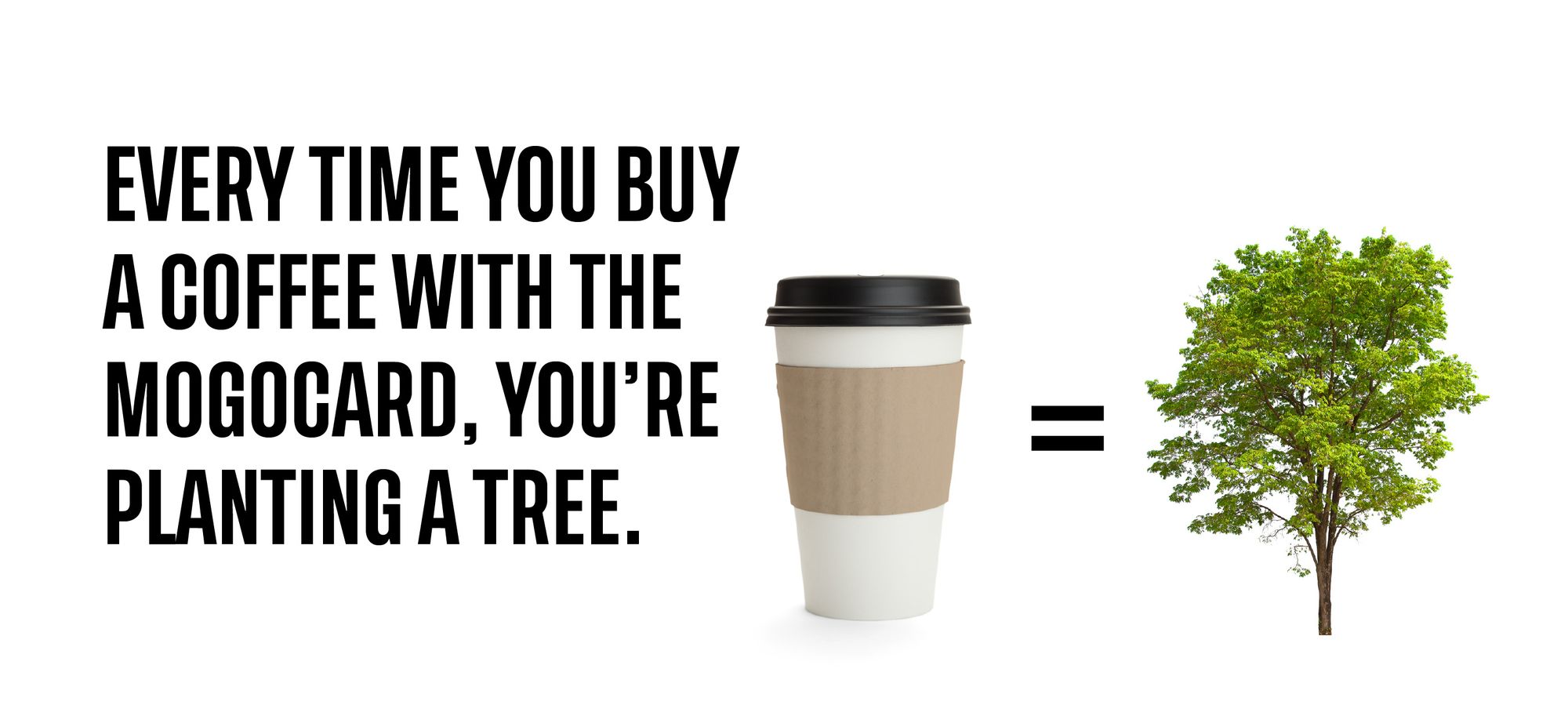
Every. Single. Time.
For every flat white. Every pumpkin spiced latte. Every peppermint hot chocolate. Every triple, soy, half caf long black no foam cappuccino.
Believe it. Next question!
How can we know you’re not lying?
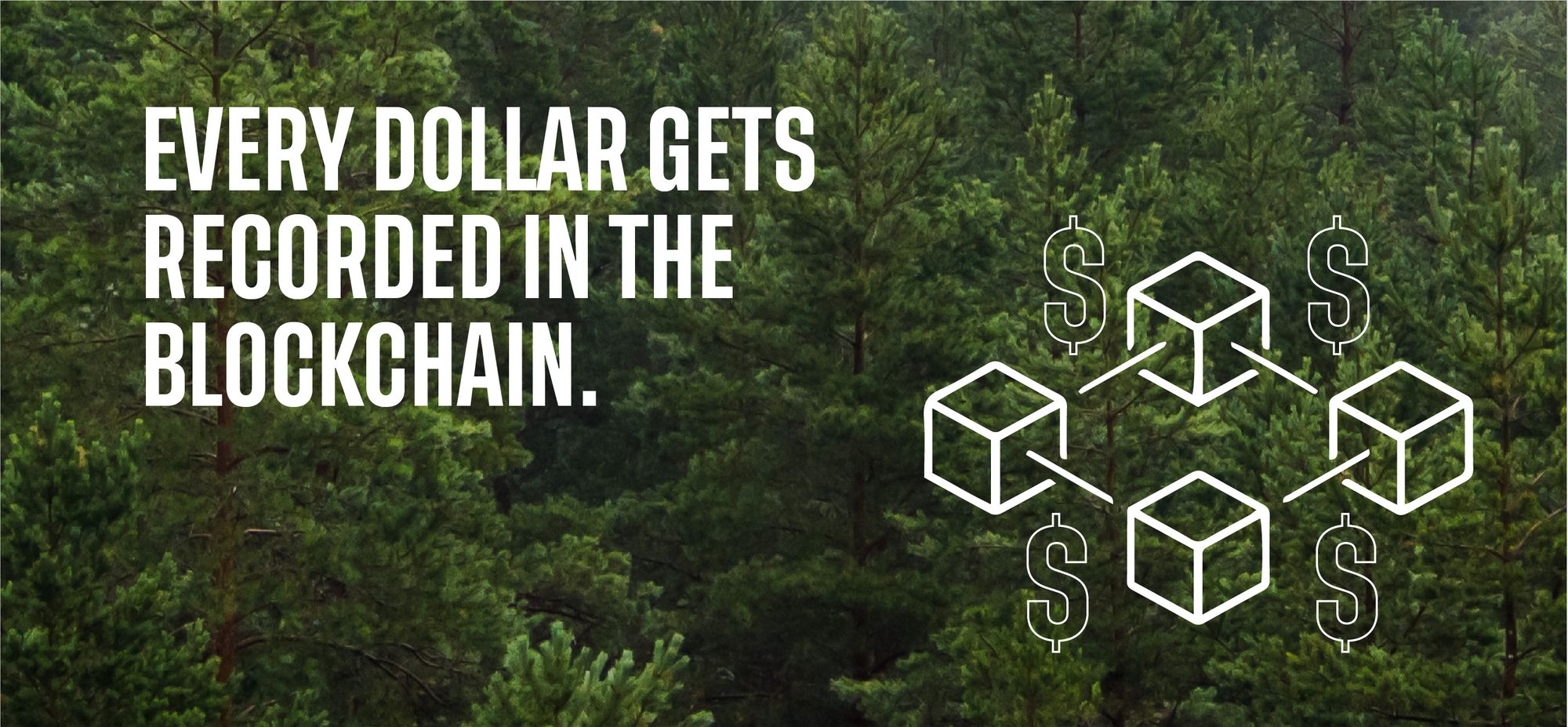
An excellent question we should all be asking of the brands (and politicians) in our lives! Where’s the proof, eh?
To be clear, we aren’t out on the weekends planting saplings ourselves.
veritree connects businesses and individual donors with folks on the ground doing important reforestation work. In essence, we pay veritree for a tree on your behalf, they fund a specific project, and your tree gets planted. And it all gets recorded in the blockchain.
Recording this data in the blockchain is important, because this whole reforestation strategy falls apart if there’s no accountability. This way, all parties can track every transaction (ie. every single planted tree).
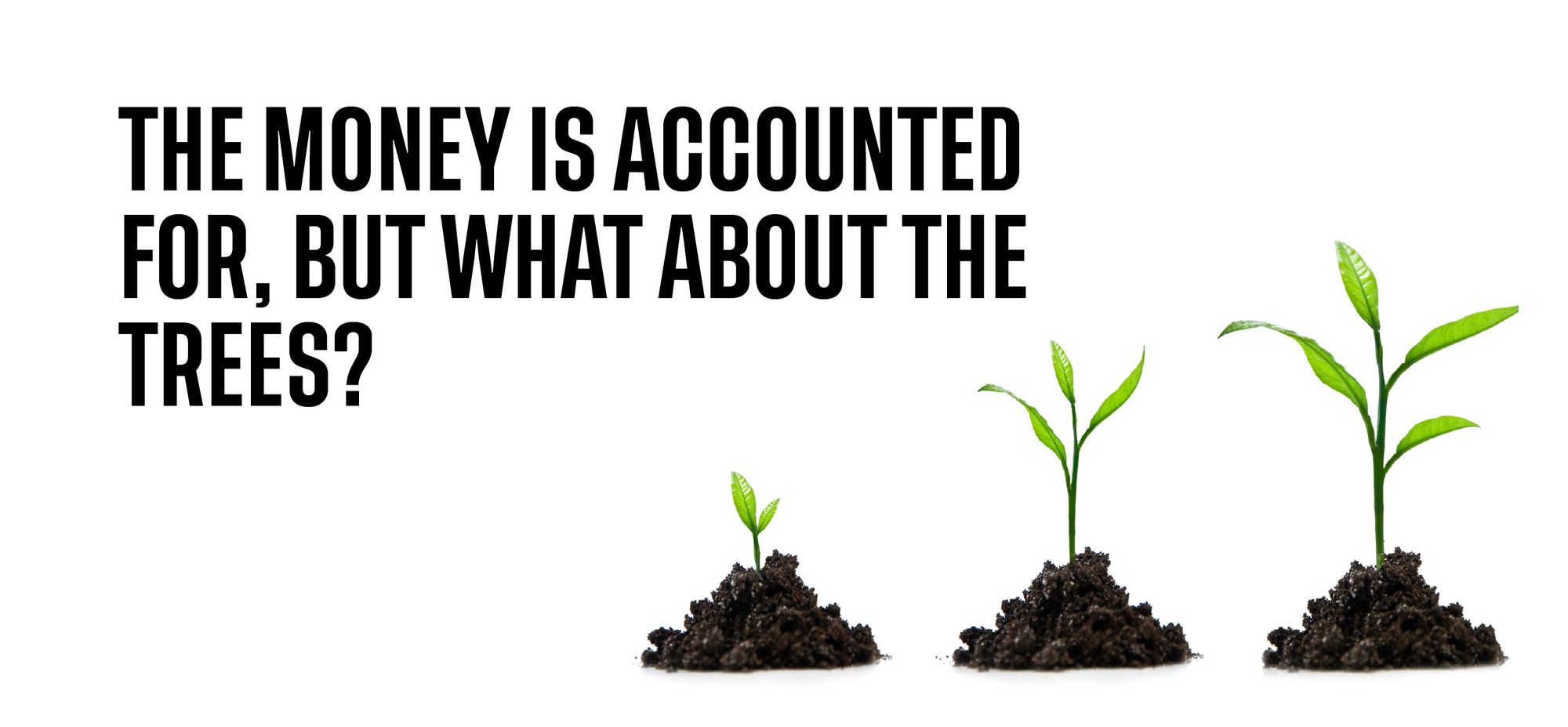
The money is accounted for, but what about the trees? veritree partners only with organizations they trust to lead reforestation projects, and they provide the tools and processes for tracking the progress of the initiative.
This enables veritree to fund projects all over the world, like ours!
Where are these trees being planted?
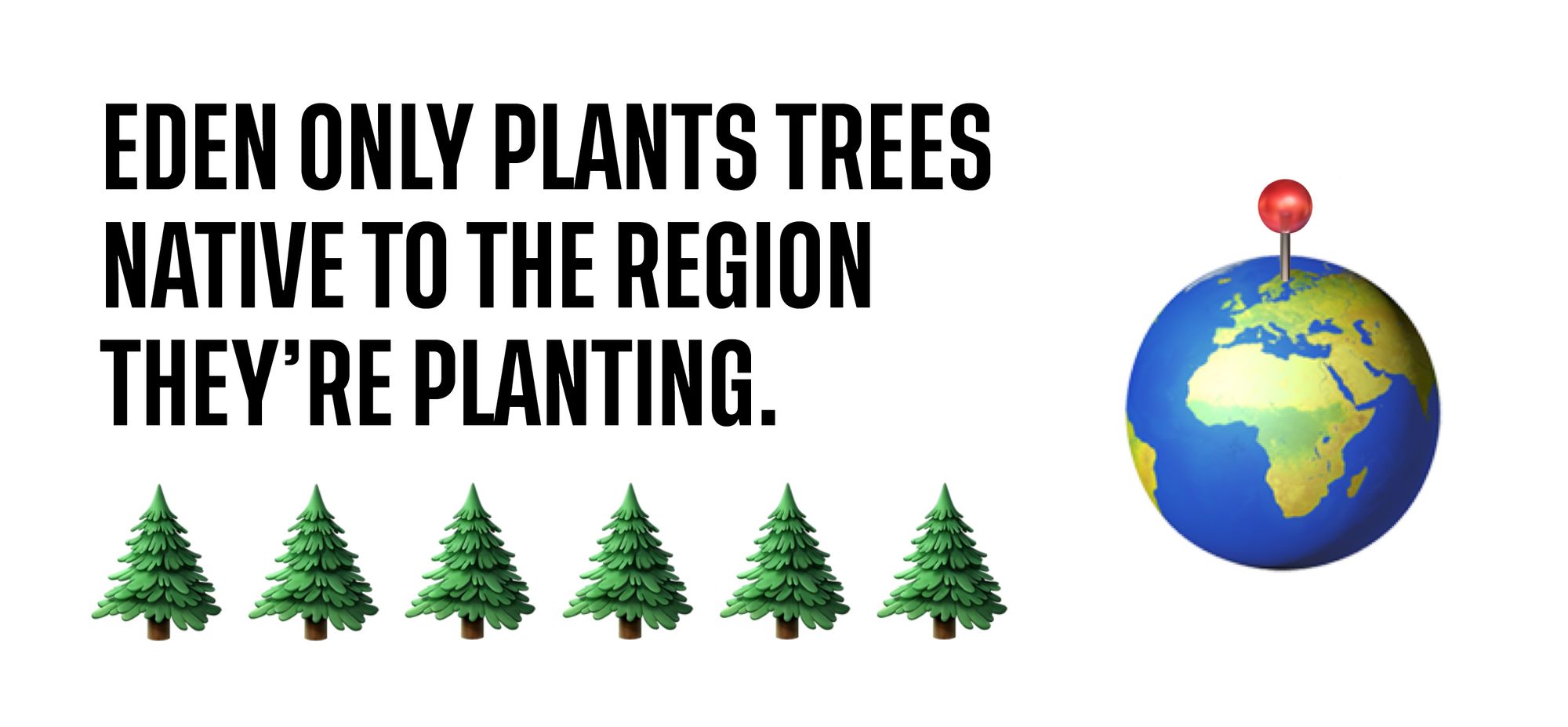
Canada’s abundance of healthy trees is one reason it’s such a beautiful country. While we need to take action to preserve our forests here at home (long live Old Growth!!!), veritree has determined that it’s more cost effective and impactful to undertake huge scale restoration projects elsewhere in the world. So in addition to planting trees in our own backyard, we're working to re-plant deforested regions all over.
As part of our partnership, veritree has connected us with Eden Reforestation Projects, which is the group leading the charge on the ground.
Eden leads multiple reforestation projects in several countries. Currently, we're helping to plant trees in:
- Canada
- Indonesia
- Kenya
- Madagascar
- Plus, we have plans to expand the project to include more locations.
Eden only plants trees native to the region they’re working in with specific goals in mind. Typically, they plant trees to create a better anchor system for soil to prevent erosion and flooding; to preserve wildlife habitats; and to enable local communities to farm and live off the land if they so choose.
These projects also have the added benefit of funding work for locals living in these regions.
Eden reports back to veritree, and veritree reports back to us, and we report back to you.
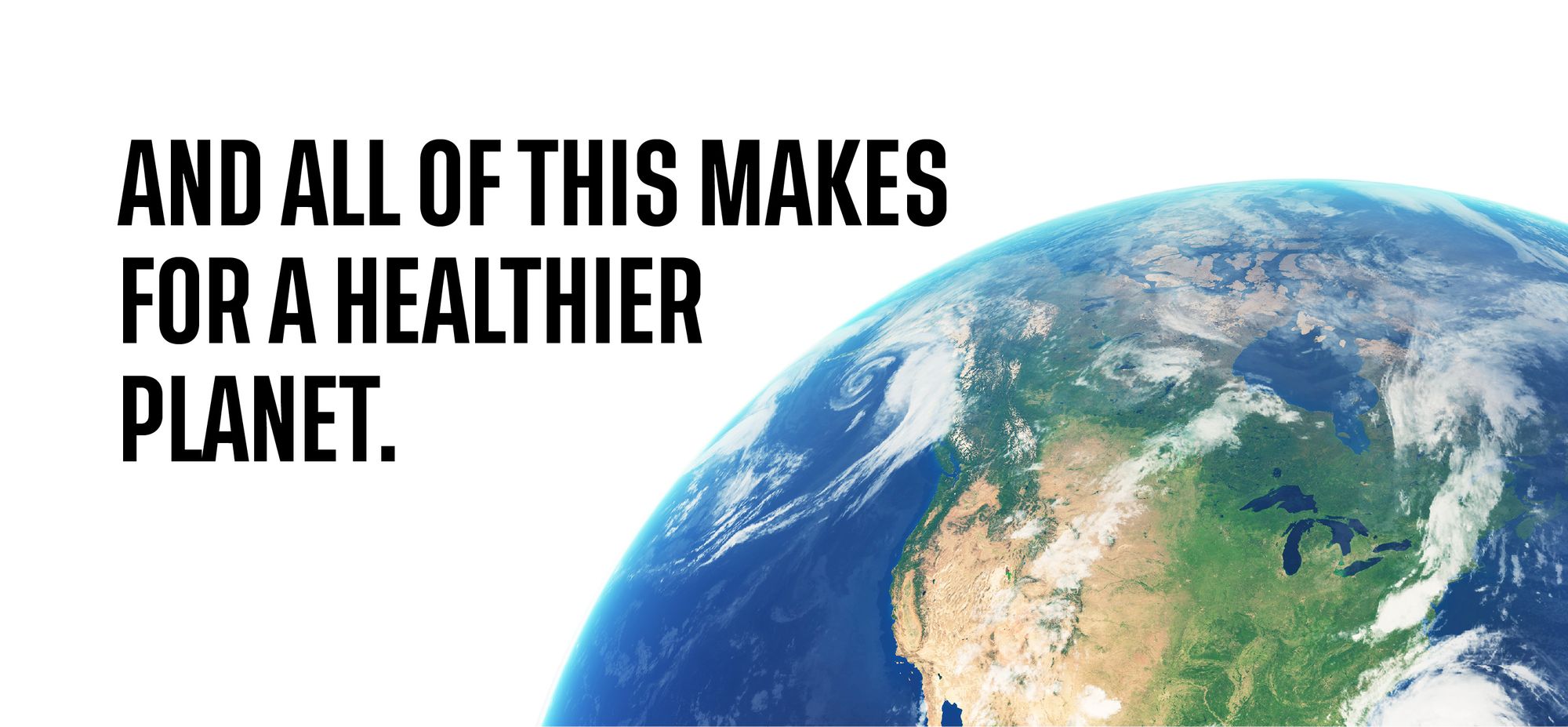
So next time you’re feeling charitable, just take yourself on a coffee date and we’ll set the rest in motion. Together, let’s help make Canada climate positive. Go team!
| GET MY FREE MOGOCARD |
This blog is provided for informational purposes only.
*Trademark of Visa International Service Association and used under licence by Peoples Trust Company. Mogo Visa Platinum Prepaid Card is issued by Peoples Trust Company pursuant to licence by Visa Int. and is subject to Terms and Conditions, visit mogo.ca for full details. Your MogoCard balance is not insured by the Canada Deposit Insurance Corporation (CDIC). MogoCard means the Mogo Visa Platinum Prepaid Card.
1-According to research conducted by Veritree Technology Inc. 500 lbs. is an approximate amount based on Above-Ground-Carbon (AGC) and Below Ground Carbon (BGC) sequestration estimates contained in several scientific research papers regarding the carbon sequestration of Mangrove trees (the “Research”). The Research contains various ranges for the rate of carbon sequestration per hectare of land. In order to arrive at the approximate amount of 500 lbs., Veritree triangulated data points from the Research regarding AGC and BGC sequestration estimates, and then converted those results into the approximate amount of lbs. per tree.